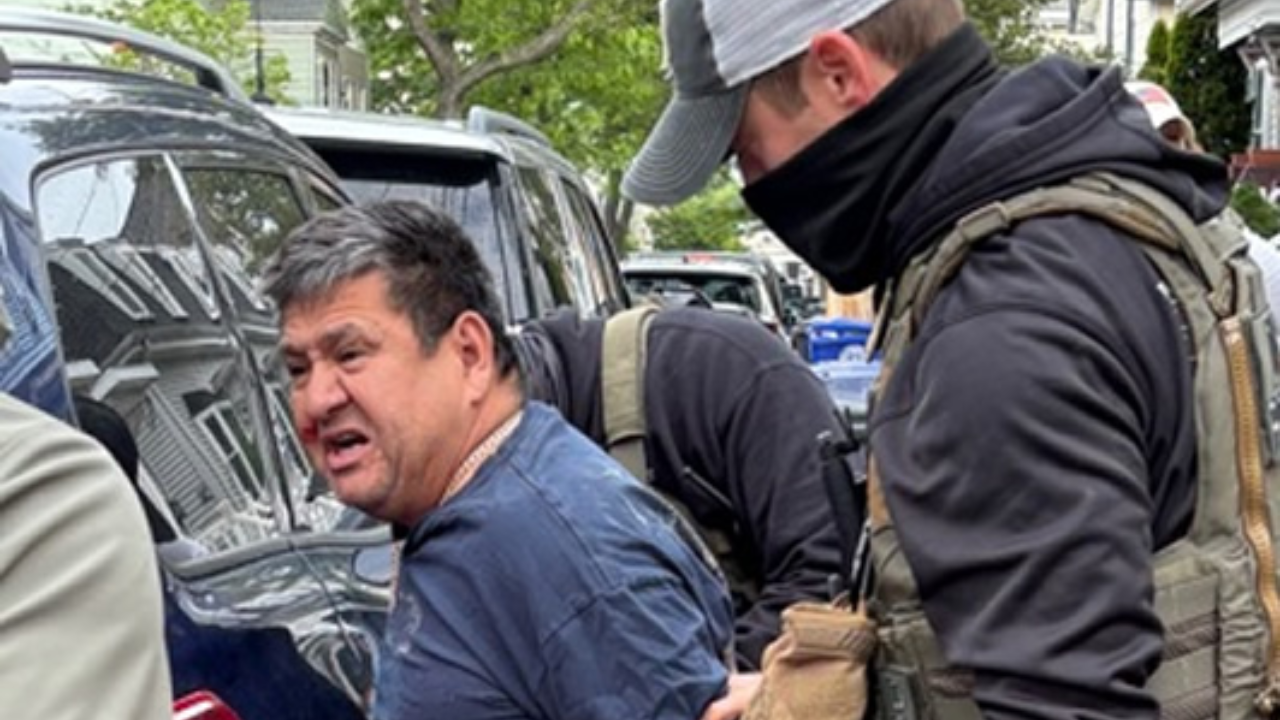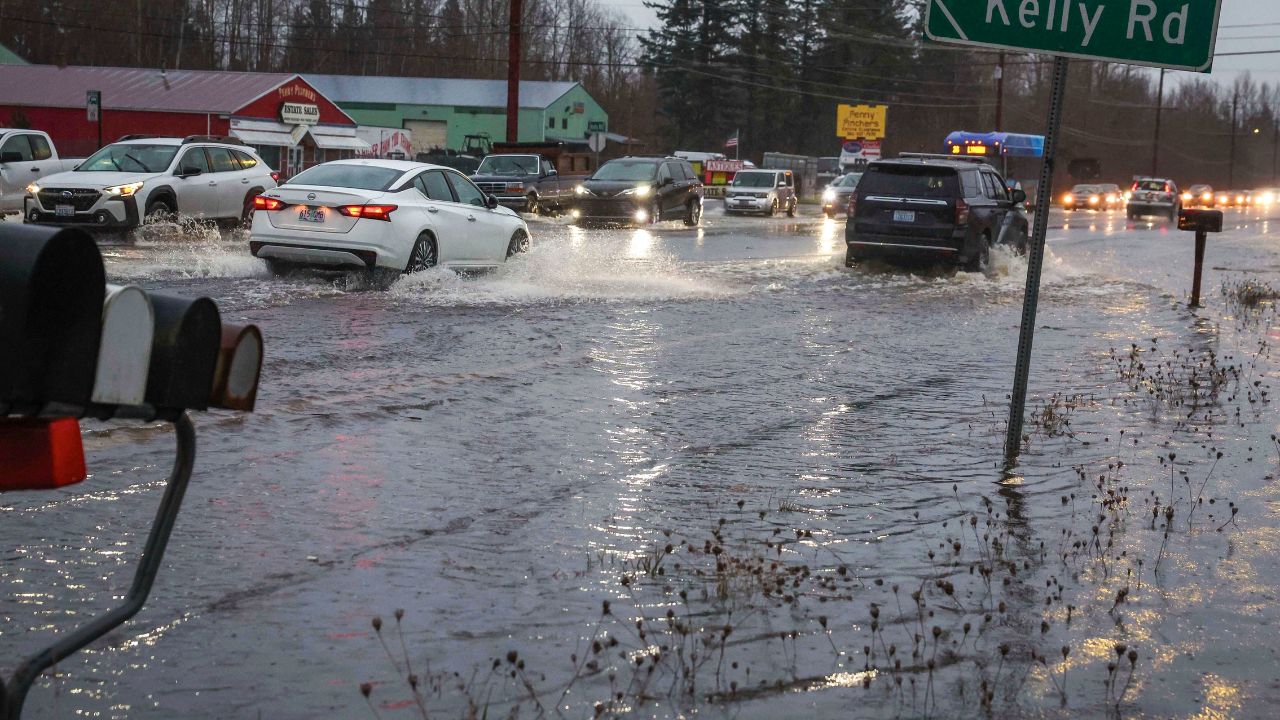In what’s being called the largest operation of its kind, U.S. Immigration and Customs Enforcement (ICE) announced that nearly 1,500 undocumented immigrants were arrested during a nationwide operation that focused heavily on states with sanctuary policies, particularly California.
This historic action was part of a massive multi-week enforcement effort targeting individuals with criminal convictions and pending charges, as well as those who had ignored final orders of removal issued by immigration courts.
Most arrests took place in California, with a strong focus on Los Angeles, San Diego, and the Bay Area—cities that are well known for their sanctuary status and local non-cooperation with federal immigration authorities.
ICE Acting Director Patrick Lechleitner said the goal of this effort was simple: to find and remove individuals who pose a public safety threat.
“These results send a strong and clear message—ICE is committed to enforcing the nation’s immigration laws and ensuring that criminals who break both our immigration and criminal laws face the consequences,” he stated.
Officials reported that out of the 1,497 individuals detained, nearly 1,100 had prior criminal convictions or charges. These included offenses like assault, weapons charges, sexual crimes, domestic violence, drug trafficking, and DUIs.
Some of those arrested were known gang members or had past ties to organized crime. Many were previously ordered deported by an immigration judge but failed to comply.
This operation spanned several major cities across the U.S. but had its largest impact in California. Cities such as San Francisco and Los Angeles have often resisted cooperation with federal immigration efforts, citing the need to protect immigrant communities. ICE pushed back on that stance, claiming that such policies make communities less safe.
ICE officials stressed that this operation was conducted with significant planning and coordination. Agents reportedly used extensive data analysis and surveillance techniques to locate individuals with outstanding warrants or final orders of removal. In many cases, arrests were made at homes, workplaces, and on the street.
Despite the high number of arrests, ICE emphasized that its focus was not on random enforcement but on individuals who were considered threats to public safety.
Officials also noted that many of those taken into custody will now face removal proceedings, while others with existing orders of removal will be deported quickly.
This crackdown has sparked reactions on both sides of the immigration debate. Supporters of stricter immigration enforcement praised ICE’s efforts, calling it a necessary move to uphold the rule of law.
Critics, however, raised concerns about the timing and political message behind such a large-scale operation, especially in states that have consistently resisted federal immigration crackdowns.
Immigrant advocacy groups voiced concern over the effect such mass arrests could have on local communities. Some claimed that the operation might instill fear and distrust in immigrant neighborhoods and discourage cooperation with local law enforcement.
A spokesperson for ICE responded to those concerns by saying the agency is committed to treating all individuals with dignity and respect during enforcement actions. They also pointed out that the operation targeted specific individuals, not communities at large.
This operation follows a broader national debate over immigration policy, border security, and the role of federal agencies in enforcing immigration law in sanctuary jurisdictions.
With a presidential election approaching, immigration enforcement remains a hot-button issue, with both major parties taking firm stances on how immigration laws should be applied.
According to Homeland Security data, more than 150,000 final orders of removal remain unexecuted across the country. ICE has previously stated that sanctuary policies complicate their ability to carry out those orders.
However, critics argue that such policies help foster community trust and protect undocumented immigrants from exploitation or wrongful detention.
For now, ICE has signaled that this won’t be a one-time action. Officials have made it clear that large-scale operations will continue, especially in areas where local law enforcement refuses to assist in immigration detainers or fails to notify ICE of pending releases of undocumented individuals with criminal records.






